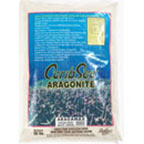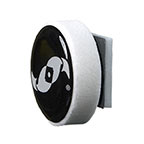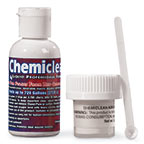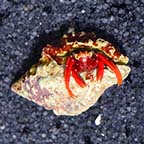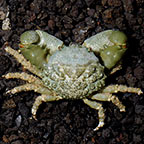Panamic Arrow Crab
(Stenorhynchus debilis)
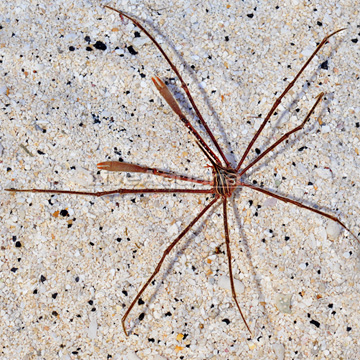
Please Note: Due to variations within species, your item may not look identical to the image provided. Approximate size range may also vary between individual specimen.
Please Note: Due to variations within species, your item may not look identical to the image provided. Approximate size range may also vary between individual specimen.
Panamic Arrow Crab
(Stenorhynchus debilis)
Additional locales and sizes may be available!
Additional locales and sizes may be available! Email me when availableQuick Stats
Care Level
Easy
Temperament
Semi-aggressive
Color Form
Brown, Tan
Diet
Carnivore
Reef Compatible
Yes
Water Conditions
72-78° F, dKH 8-12, pH 8.1-8.4, sg 1.023-1.025
Max. Size
6"
Family
Majidae
Supplements
Calcium, Magnesium, Iodine, Trace Elements
Compatibility
View Chart
What do these Quick Stats mean? Click here for more information
Care Level
Easy
Temperament
Semi-aggressive
Color Form
Brown, Tan
Diet
Carnivore
Reef Compatible
Yes
Water Conditions
72-78° F, dKH 8-12, pH 8.1-8.4, sg 1.023-1.025
Max. Size
6"
Family
Majidae
Supplements
Calcium, Magnesium, Iodine, Trace Elements
Compatibility
View Chart
What do these Quick Stats mean? Click here for more information
Overview
The Panamic Arrow Crab, also known as the Spider Crab, has extremely long legs. It is called the Arrow Crab because of the shape of the body and head. The size is variable, many reaching six inches, and some up to 10 inches. Females may be dramatically smaller. They normally inhabit portions of the reef usually associated with a small cave or crevice.
It is a hardy, long-lived invertebrate, that can be housed in the reef aquarium. This crab has been known to attack crustaceans such as Banded Coral Shrimp, and may even attack small slow moving fish. All crabs are opportunistic feeders and if insufficient food is present they may pick at mushrooms or polyps searching for food. However, Arrow Crabs may provide the beneficial service of eating smaller Bristle Worms which some consider pests. Breeding Arrow Crabs in the aquarium is not generally successful. Larvae are free-swimming and hatch in about two weeks. It will accept almost all meaty, flake and tablet foods.
Approximate Purchase Size: 1-1/4" 4"




